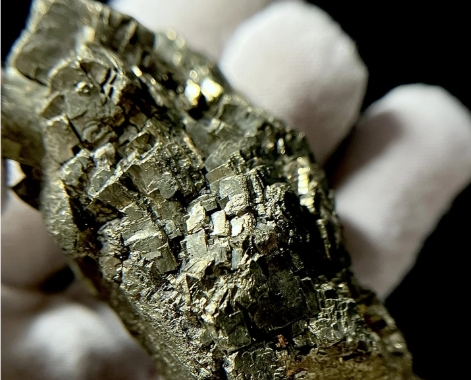Product FAQ
Introduction of chalcopyrite processing equipment
A Complete Analysis of Chalcopyrite Processing Equipment
As a core raw material in copper smelting, the configuration of chalcopyrite processing equipment is directly related to resource utilization and economic benefits. To address the physical properties and process requirements of chalcopyrite (CuFeS₂), modern mineral processing plants have developed a comprehensive equipment system covering key processes such as crushing, grinding, and sorting.

Crushing Equipment Configuration
Chalcopyrite processing utilizes a multi-stage crushing process. The primary crushing stage typically uses a PE series jaw crusher, with a processing capacity of 400-800 tons/hour, capable of crushing 1.5-meter ore to a particle size of 150-200 mm. The secondary and fine crushing stages are often equipped with an HPC cone crusher, which utilizes a laminated crushing principle to achieve a uniform output of 10-50 mm, making it particularly suitable for processing medium-hardness ores like chalcopyrite. For high-moisture raw materials, a grateless impact crusher is recommended to prevent sticking and clogging.
Grinding and Separation System
The grinding equipment utilizes an MQY series overflow ball mill, combined with a hydrocyclone to form a closed-circuit system. This system grinds ore to a fineness of -200 mesh, representing over 85% of the total, meeting the requirements for chalcopyrite separation. To address the coexistence of chalcopyrite and pyrite, the flotation process utilizes an XCF/KYF combined flotation unit. This unit utilizes a butyl xanthate collector and lime depressant for efficient separation, achieving copper recovery rates exceeding 92%. Recent developments in flotation column technology have significantly improved the recovery of fine chalcopyrite.
Auxiliary Equipment Innovations
Modern chalcopyrite processing lines emphasize intelligent and environmentally friendly design. A PLC control system ensures equipment integration, reducing energy consumption by 30% compared to traditional processes. The dust removal system utilizes a pulse bag filter to control dust emission concentrations below 10 mg/m³. A ceramic vacuum filter is used in the dehydration process, reducing the concentrate moisture content to below 12%, creating favorable conditions for subsequent smelting. These technological innovations have enabled chalcopyrite processing to reach new levels in terms of resource utilization and environmental protection indicators.
Categories
News
Contact Us
Contact: XKJ GROUP
Phone: 0086 138 3714 0277
Tel: 0371-65751333
E-mail: sales01@xkjgroup.com
Add: Xing yang city, Zheng zhou city, Henan province, China